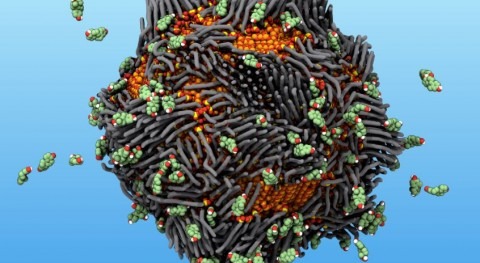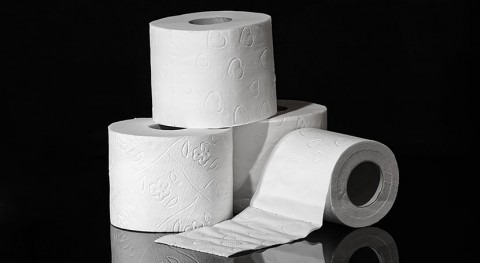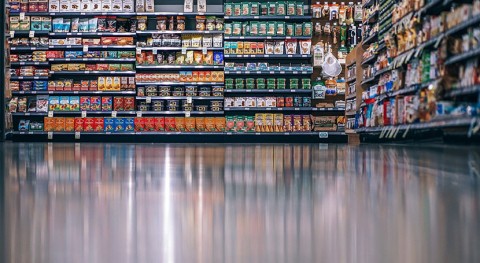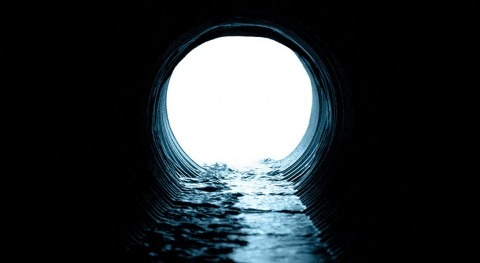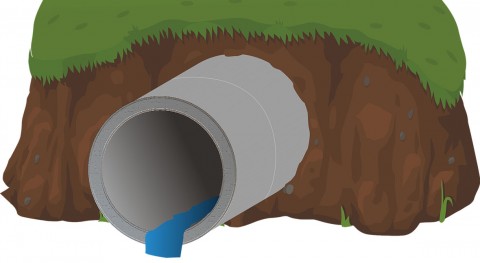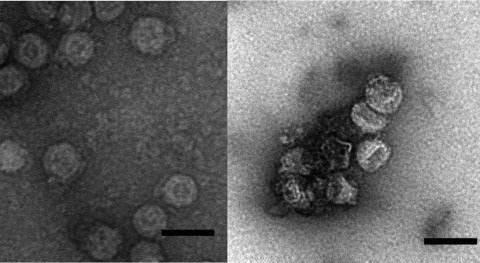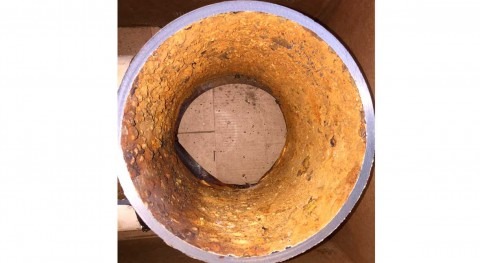Scientists have detected RNA from the new coronavirus, SARS-CoV-2, in the feces of people with COVID-19. So it stands to reason that the viral RNA could end up in city sewage, where it could be used to monitor prevalence of the disease. Now, researchers reporting in ACS’ Environmental Science & Technology Letters have detected rising SARS-CoV-2 RNA levels in sewage from several cities in the Netherlands at early stages of the pandemic.
Although infectious SARS-CoV-2 has been detected in stool samples, the virus spreads primarily through respiratory droplets when an infected person coughs, sneezes, laughs, speaks or breathes, according to recent studies. However, if the new coronavirus is present at high levels in sewage at treatment plants, it could pose risks to workers at the facilities. Gertjan Medema and colleagues wanted to see if they could detect SARS-CoV-2 in the domestic wastewater of cities in the early stages of the COVID-19 pandemic in the Netherlands. They also wanted to determine if levels of the virus’s RNA correlated with the COVID-19 prevalence in each city. If so, sewage surveillance could be a helpful tool to monitor the circulation of SARS-CoV-2 in communities, especially since clinical testing likely underestimates the actual number of people infected with the virus.
As the new coronavirus took hold in other parts of the world, the researchers collected sewage samples from wastewater treatment plants that serve six cities in the Netherlands to see if the virus could be detected in this way. Samples were taken 3 weeks before the first reported COVID-19 case in the Netherlands, and then at 1, 2.5 and 4 weeks after the first case. The team measured SARS-CoV-2 levels in the sewage using a technique called quantitative reverse transcriptase-polymerase chain reaction (qRT-PCR). Then, the researchers correlated viral RNA levels with the number of COVID-19 cases reported in each city on the day of sampling. SARS-CoV-2 was undetectable in sewage from all cities 3 weeks before the first reported case, but as the outbreak progressed, the concentration of SARS-CoV-2 RNA in sewage increased with the number of reported COVID-19 cases in each city. Although more research is needed, this study and similar ones in different locations suggest that sewage surveillance of SARS-CoV-2 RNA could serve as a sensitive early warning system for increased virus circulation in the population, the researchers say.







